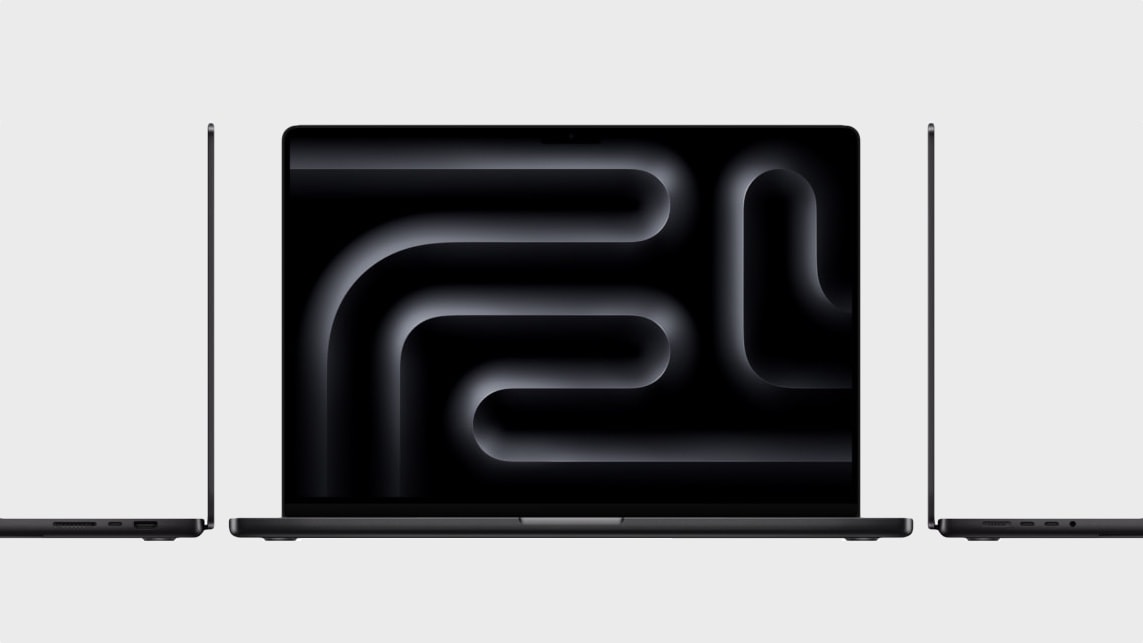From the outside, the new M3 MacBook Pros look the same as their predecessors — except for that gorgeous new space black finish.
How did Apple create this exotic new finish? And what’s changed inside its new laptops, aside from the powerful new M3 chips? The iFixit team posted a detailed teardown Friday that answers all your questions.
How did Apple achieve the space black finish on the M3 MacBook Pro?
If you thought Apple just used a black shade of paint to get the space black finish on the new M3 MacBook Pro, you are wrong. Getting a dark shade to stick on anodized aluminum without showing fingerprints is difficult.
There’s actually a lot more science behind this than you probably imagine. And Apple seemingly had to do a lot of R&D to get that space black look. Below is how iFixit‘s Kevin O’Reilly explains the process:
Apple being Apple, anodization also has an aesthetic purpose. [But] It’s a huge amount of effort, and trial and error, to find a balance of process steps and dyes to achieve a consistent outcome….
Apple found they could etch the already rough anodized surface, making it more uneven. The resulting nooks and crannies further diffuse incoming light rays, sending them off in even more directions. Less white light makes its way to our eyeballs—resulting in that slick matte finish.
Despite Apple’s best efforts, iFixit’s comparison reveals that a space black MacBook Pro will show more fingerprints than a space gray one. But you can wipe those fingerprints away using a towel.
M3 MacBook Pro teardown reveals few internal changes
Just as in the now-discontinued 13-inch MacBook Pro, the base M3 14-inch MacBook Pro comes with a single cooling fan because the chip does not generate as much heat as its M3 Pro and M3 Max siblings. Apple uses a more robust dual-fan cooling system for the higher-end chips.
On a positive note, the entry-level M3 MacBook Pro comes with two flash NAND chips inside. Therefore, its SSD performance should not be slower than other versions. (This problem affected the entry-level M2 MacBook Air and MacBook Pro.)
Like recent MacBooks and iPhones, you cannot swap parts between similar M3 MacBooks. This can make repair difficult in some scenarios. iFixit switched screens between two similar M3 MacBook Pros, and while the display worked, artifacts appeared all over. To remove them, you must use a calibration tool specifically designed by Apple. This tool can only be acquired by purchasing a replacement screen directly from Apple.
Watch iFixit’s full teardown of the 14-inch MacBook Pro with M3 Pro chip below.



